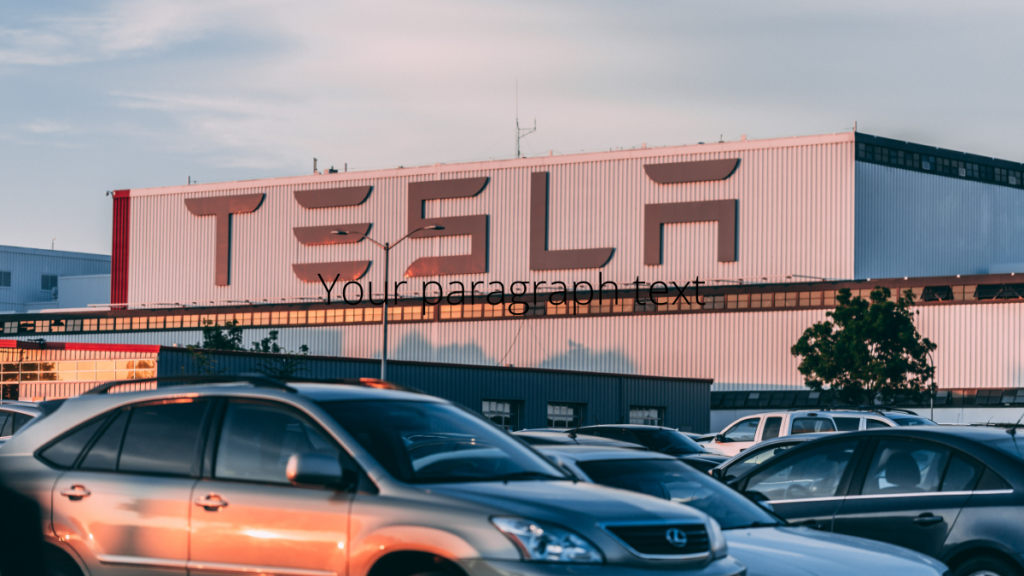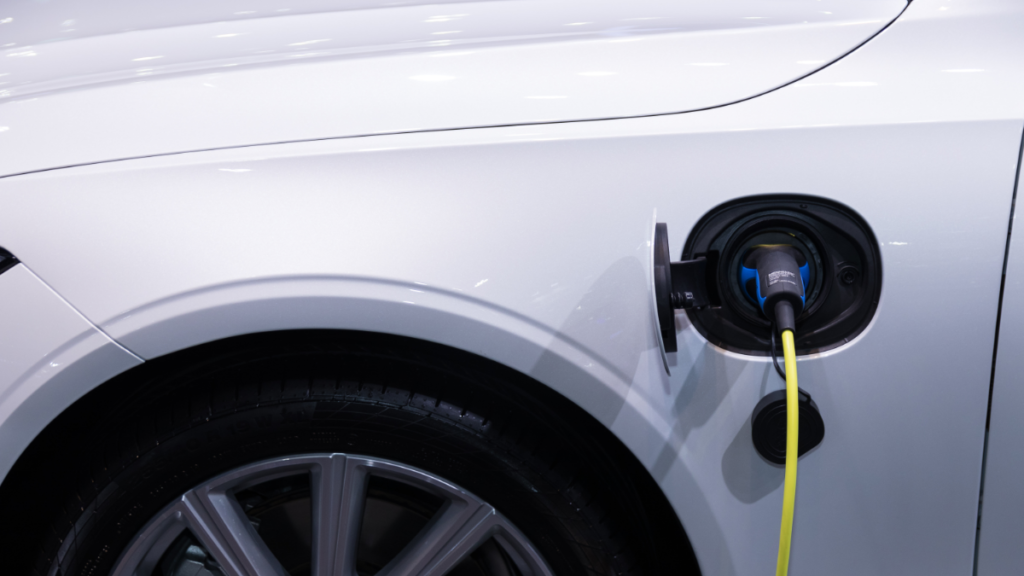The world is moving towards an increased share of renewable energy in order to reduce greenhouse gases. The transport sector is the main source of greenhouse_gas. Electric vehicles can be used as an alternative source. Because they cause zero emissions and is extremely eco-friendly.
We will find out the basic details of EVs along with its challenges and solutions.
Let’s get into the first section that explains the working of electric vehicles.
Electric vehicles working
Electric vehicle technology is as follows.
- EVs are defined as vehicles that use an electric motor for propulsion.
- Although EVs offer several advantages and can be used in different application, there are several challenges in the popular use of them.
- The electricity used to run the motor could come either through transmission wires.
- This is the same case with electric locomotives, metro trains, and trams or through a single or a series of connected batteries.
- And so is the case in electric bikes and electric cars, or it could be generated onboard using a fuel cell.
- Powered through a collector system by electricity from off-vehicle sources, or maybe self-contained with a battery, solar panels or an electric generator to convert fuel to electricity.
I will walk you through the advantages of electric vehicles in this section.
Electric vehicles advantages
- Electric vehicles cause zero emissions and therefore eco-friendly.
- EVs are as green as the energy sources used to charge them
- Do not have any tail-pipe or evaporative emissions.
- Not limited to, road and rail vehicles, surface and underwater vessels, electric aircraft and electric spacecraft.
Time to look at the different types of EVs.
Electric vehicles types
There are mainly 5 types of EVs.
1. Mild hybrid electric vehicles
- Contains a small electric motor that enables a start-stop system, facilitates regenerative offers acceleration assistance.
- Achieve small reductions in emissions, between 10% to 15% at relatively high costs.
- It is viewed as an intermediate system.
2. Fully hybrid
- The larger motor and battery pack that provides the vehicle with electric launching, acceleration assistance and electric driving at low speeds.
- Achieve a maximum of 25% to 30% in greenhouse gas emission contribution.
- The cost of hybrid components is expected to fall by 5% per year.
3. Plugin hybrid electric vehicles
- A larger battery that can be recharged by connecting a plug to an electric power source or grid.
- The ability to connect to the grid gives the PHEV a range of 30 to 60 kilometres of all its electric driving.
- The carbon reduction potential of a PHEV is between 30% to 40%.
4. Range extenders
- A small ICE that is used to recharge the battery to extend the driving range.
- Carbon reduction potential of between 60%- 80% depending on the electricity source used to charge the battery.
5. Fully electric
- All the needed propulsion energy is stored in a large battery that can be recharged by connecting it to the electricity grid.
- 2 to 3 times more efficient than conventional ICEs.
- Only as clean as the source of electricity that is used to recharge the battery, and when charged using renewable sources.
- Reduce emissions by up to 80 %- 100%.
I will show you the challenges of EVs in this section.
Challenges of electric vehicles

The major challenges has been categorized into the following types.
- Technical
Parameters which decide the designing and operation of EVs.
a) Light weight material
- The main objective of EVs is to reduce the energy demand of the vehicle.
- A large amount of the energy generated from the input will be utilized in driving the heavyweight of the vehicles.
b) Efficiencies of batteries
- Battery system should be lightweight and its storage capacity should be more.
- EV is based on increased battery capacity and efficiency.
- Energy devices for EV system are Pb Acid,
- Ni and Li-ion based batteries.
c) Driving range of EVs
- Fully charged EVs are having approximate 5 times lesser driving range than that of a conventional diesel or petrol vehicles.
d) Charging Time
- Older lead-acid batteries or valve-regulated lead-acid battery packs or the new Lithium-Ion packs will charge fully overnight.
- Lead Acid batteries, 70% of the charging is done in the first 40% of charging time.
- The rest is the “topping up” stage of the charging process.
e) Environmental Impacts
- If electricity fed to EVs is generated by the fossil fuel the emission factor will be more
- Disposal of the used battery
- Pb can be very dangerous to dispose of it in open.
2. Infrastructure
a) Power infrastructure
- Substantial increase in electricity production is required to offset the overloading of local transformer and grid.
b) Charging infrastructure
- The requirement of sufficient charging stations
- Also, fast charging devices should be used
c) Battery recycling
- The disposal will cause environmental pollution
- During designing a recycling process cost is the main factor.
3. Market
a) Vehicle servicing
- Trained technicians are required for its servicing and maintenance
- Costly compared to conventional vehicles
- Due to less popularization of EV
b) High upfront cost
- A high upfront cost of purchase along with battery replacement after a few years does seem like a heavy investment to an average Indian with decent income
c) Consumer perceptions
- Change in consumer perception is required
d) Policy
- Taxation of vehicles and components
- Subsidies on fossil fuels
- Electricity tariff policies
Also read: Road margins- 6 types of road margins in highway
We saw the challenges. Let’s solve them now.
Solutions to overcome the challenges

- Light weight materials such as glass, plastics, rubber, and special fibers are used in the production of a vehicle
- Aluminium and magnesium are used in the construction of body of vehicle to reduce the total weight.
- Natural fiber reinforced composites are also used in manufacturing
- Sodium ion, lithium sulphur batteries can be introduces for more capacity
- Super capacitors are also introduced which can be used to meet peak power demand condition and also for purpose of fast charging
- To reduce anxiety towards fuel
- Increase in charging stations
- Fast charging battery
- High density batteries etc.
- Solar power would provide cheap and reliable power system.
- Incentives will motivate the buyers to purchase EVs
- To make EVs affordable in India, domestic production of quality batteries has to be taken up.
Also read: Types of rails- 3 types full details with figures
Let’s wrap up.
Conclusions
- The increase in the number of vehicles results in the increased emission of GHG.
- Emission from the transportation sector is decreased: a great change in the carbon emission of our country.
- EV – best alternative.
- The complete economic comparison of fuels shows that electricity as a fuel is much cheaper than conventional vehicles
Are electric vehicles the future? Share your thoughts in the comments in the light of the article.


Comments are closed.